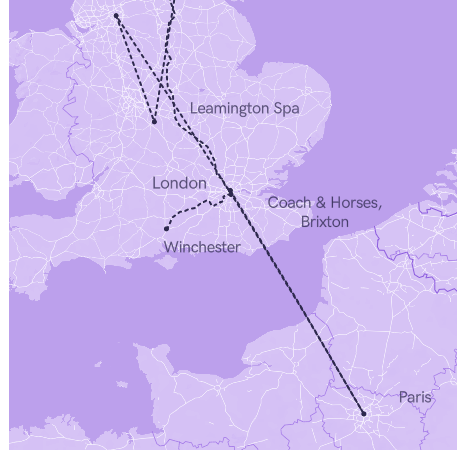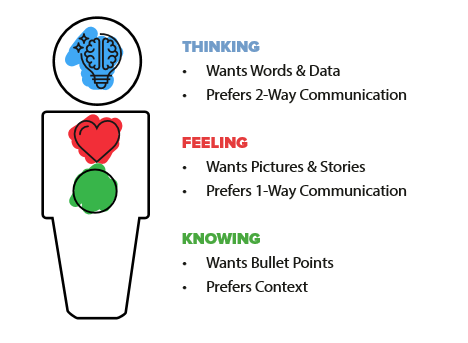Originally published on the Shirlaws Business Coaching Blog, 2007-2010.
How to change
So I think I have the answer to why, as they currently exist, social networks must ‘fail’. (You will have noted I put ‘fail’ in inverted commas. Many will succeed in their own way, by staying small and avoiding this issue. Most of those will define that as failing, because they don’t meet a particular definition of success, a definition which is too broad to be meaningful.)
So how do we prevent the failure? As you can see, News Homeis trying to do that by remaining quiet while others look for every media opportunity possible. They even debated removing themselves from Google!
Ultimately, the answer is ensuring any single network remains true to its centre. My Pond Hypothesis claims the bigger a network gets, the more interests diverge and the centre is lost. As such, in order to prevent this you can either limit the size of the network, or force the interest to remain focussed.
Limiting Size
Simply limiting new users to those invited by current users won’t prevent the pond, it will only delay the speed of the ripples. You could simply cap the total number of users registered, either by extensively analyzing available data or arbitrarily choosing a number and seeing how that works out. In the latter instance, start low – you can always increase, but once the ripples get too broad there’s no way to put the genie back into the bottle.
A more practical rule I’ve seen implemented and which I would add to any cap, is removing registered users who are no longer active. Again, pick a number – one month, three months, whatever – and then flick ‘em. This allows you to keep a tight cap in place while maintaining an active user base.
Ultimately, however, this solution forces you to tread the fine line between “boutique and exclusive community people want to be part of” and “boring community where nothing happens”.
Remain Focussed
Facebook was arguably at its most powerful when it was limited to College Students – now that I can be friends with the mother of some guy I went to high school with (and, for that matter, public to the world) there’s a lot of valuable, personal information I won’t share at all. For News Home, political stories are almost entirely banned. The ones that slip through (like Obama declaring his nomination), often devolve into discussions about whether they should be banned or not.
Yes, we’re talking about censorship. But even the journalist in me can see the difference between ‘you can’t talk about that’ and ‘you can’t talk about that here‘, the latter implying you can discuss politics over at the Huffington Post if you want, and so can we, which is why we decided not to allow it here.
Technically, this could actually be pretty easy to implement by reversing the logic that applies to spam filters. After all, spam filters are designed to remove what we don’t want, and we’re looking for a solution that shows us only what we do want.
The most effective filters I’ve seen use Bayesian Filtering to remove spam but still allow genuine emails through. The link explains this better, but put simply it does this by having the user examine a data-set of emails, marking spam and not spam, allowing the system to learn about your specific needs. This personalization is key – have you ever wondered how people who actually work with Viagra use email?
The same process, once developed by those who create a community at the centre and/or inner-ripples of the pond and with a big enough initial data set, could filter all submitted content. This would ensure the content, and therefore broadly the discussions, remained focussed.
Heck, let me throw this idea out there: it may even be possible for different users, examining their own data-set, to apply different filters, and then to see the front page of the same site…with totally different stories based on their personal preferences.
At that point, the community is set up to be focussed specifically on delivering relevance and personalised value to every user.
Which could ensure the underlying business receives value from every user, and every additional user.
Which would mean “more users = lots more value”.




